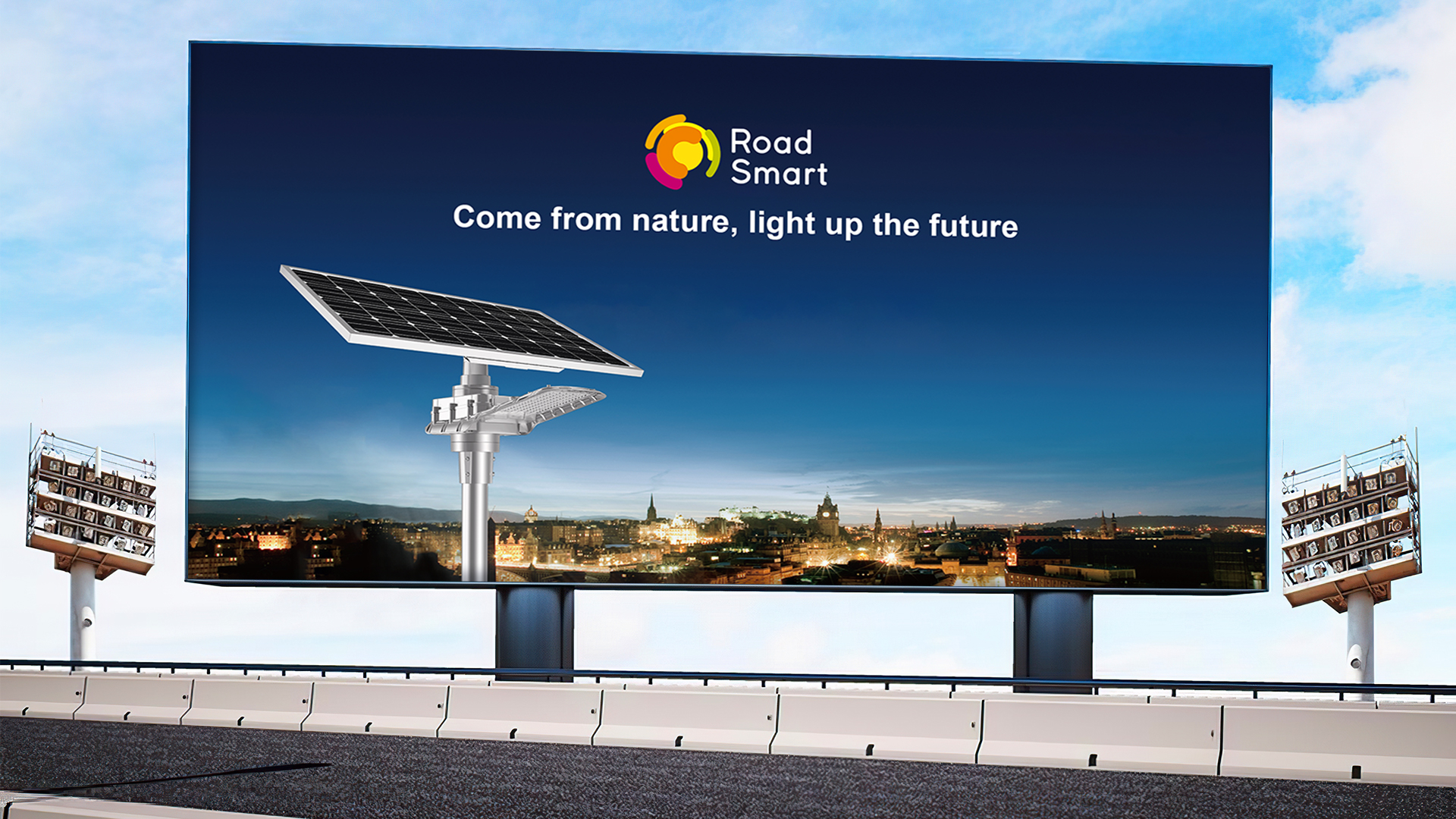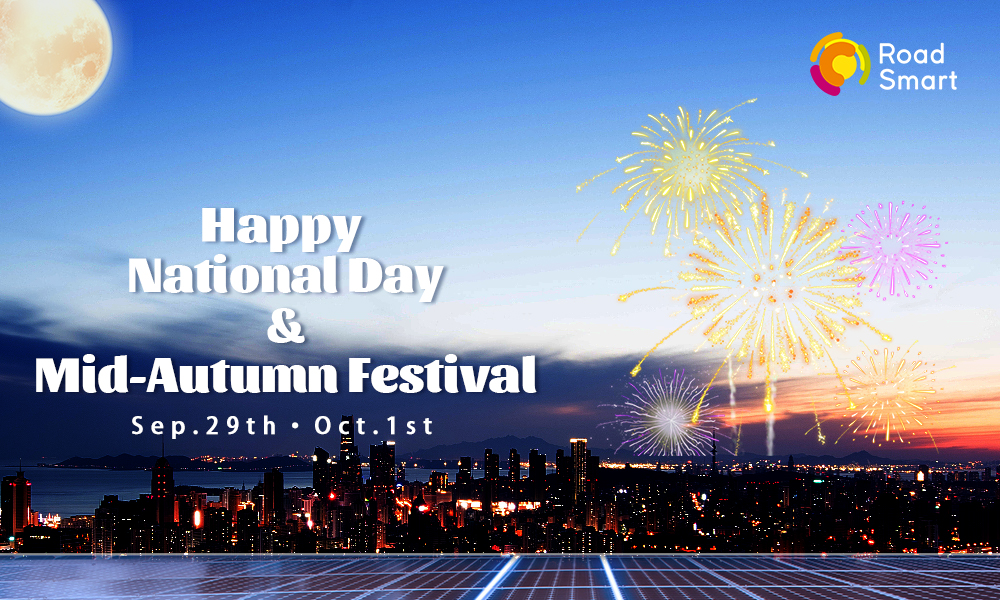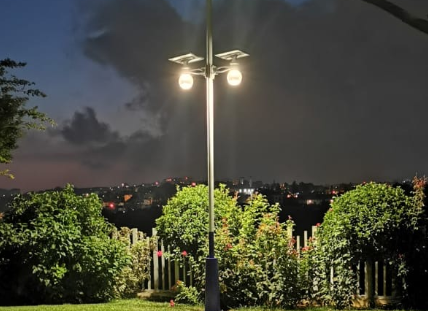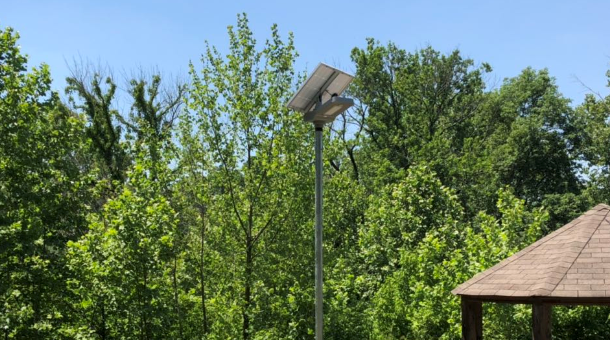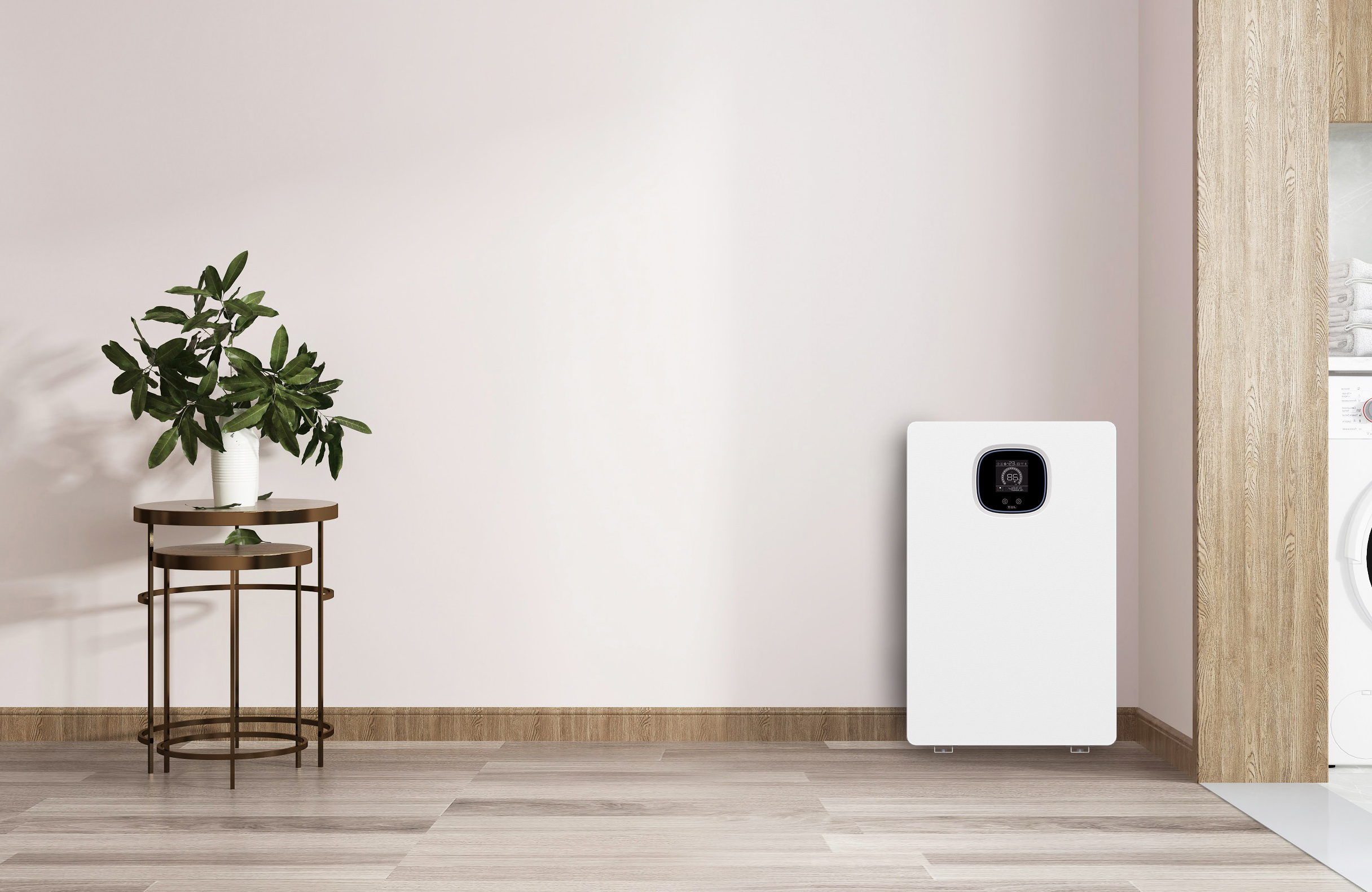Solar Home System Renewable Energy And Electricity
In recent years, solar energy has become a popular renewable energy source because of its falling costs and improving working efficiencies. More and more homeowners decided to install solar power systems. That is the solar home system. A solar home system (SHS) is a small-scale, autonomous electricity supply for households that are off-grid or have unreliable access to energy. It generates electricity from sunshine and stores the electricity in a battery for consumption during the night or cloudy days.
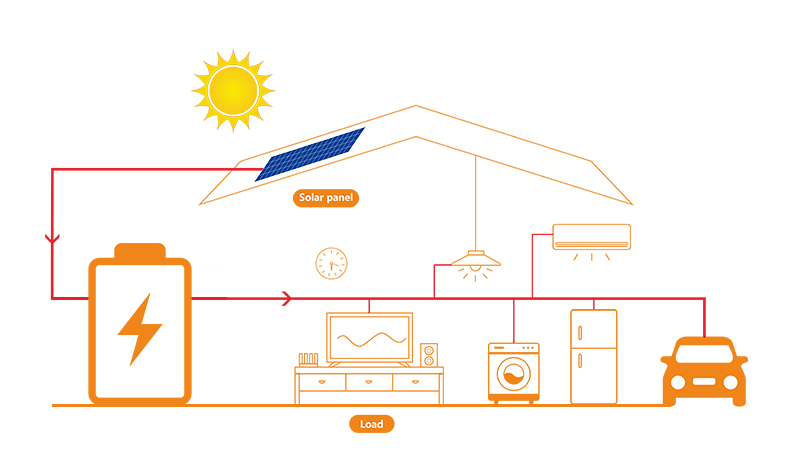
Solar home systems generate direct current (DC) that can be used for a range of electrical appliances, from lighting and mobile phone charging to televisions, radios, fans, refrigerators or other household appliances. In rural areas, that are not connected to the grid, solar home system can be used to meet a household's energy demand fulfilling basic electric needs. Globally solar home system provide power to a lot of households in remote locations where electrification by the grid is not feasible. By replacing fossil energy sources, solar home systems have the potential to reduce indoor air pollution and substitute energy expenditures.
Three Main Components of Solar Home System
First is the solar panel. Solar panels are the most visible element of solar home system. They are, in essence, the “face” of solar. If you go out and look up and down your street right now, you will likely be able to tell who does and doesn’t have solar energy powering their home purely by looking for solar panels on their roofs. The way that solar panels work is that the panels generate DC electricity as sunlight, or solar irradiation, stimulates electrons to move though solar cells that are in-built into the solar panels.
Second comes the solar inverter. Inverters are a crucial part of solar home system. Their purpose is to convert the DC electricity that the solar panels produce into AC electricity, which is what powers everything in your home. The inverter is a hardworking piece of equipment that works constantly throughout the lifetime of your solar home system. Therefore, it tends to be the piece most likely to have faults. This means they usually only have a warranty of around 10 years. For this reason, we will always recommend that you choose a high quality inverter brand such as SRNE.
The last but not least, batteries are also an important part of solar home systems especially the off-grid ones. Batteries are used to store energy generated during the day to be used throughout the night when the solar home system is no longer generating power. Battery technology is quickly developing into a more feasible option for those who primarily use their energy in the evenings.
While battery technology has come a long way, it is still in its infancy and comes at a significant increase in cost. The value of including batteries on your solar home system will depend on a range of factors such as your usage needs and your feed-in tarrif rate. If you are storing excess energy in a battery, then you are not feeding it into the grid and are not being paid for it.
Why are solar home systems important?
The access to energy provided by the solar home system had many benefits for the rural population: It enabled local businesses to have longer opening hours which could therefore make more profit. Children were able to study longer in the evening and improve their access to education.
Besides, solar home system also impacts the general social infrastructures of a region. This is most evident in the creation of green jobs. The solar home system have to be installed and maintained by someone, thus creating jobs at the local level within the area of renewable energy.
The development of solar home systems should be actively pursued. In order for it to consistently grow, rural populations need financial assistance, for instance in form of micro-credits, as well as affordable prices and fair conditions for the purchase of a solar home system. Workforce for installation and maintenance needs to be trained, in the best case the workforce comes from the respective communities using solar home systems. Moreover, the benefits of solar home systems need to be promoted to a wider population and actors across different sectors.
Solar home systems are a long-term investment (systems should last around 25 years), so solar installers’ main concern should be the performance of that system over time, the quality of the installation, the longevity of the products and the warranties attached. It is the smart move to maximize savings over the long term rather than minimizing the initial cost of a system.
Related Articles:
How Solar Panels Have Improved Over the Years
How to choose solar storage battery for your need?
How long does your solar panel last?


